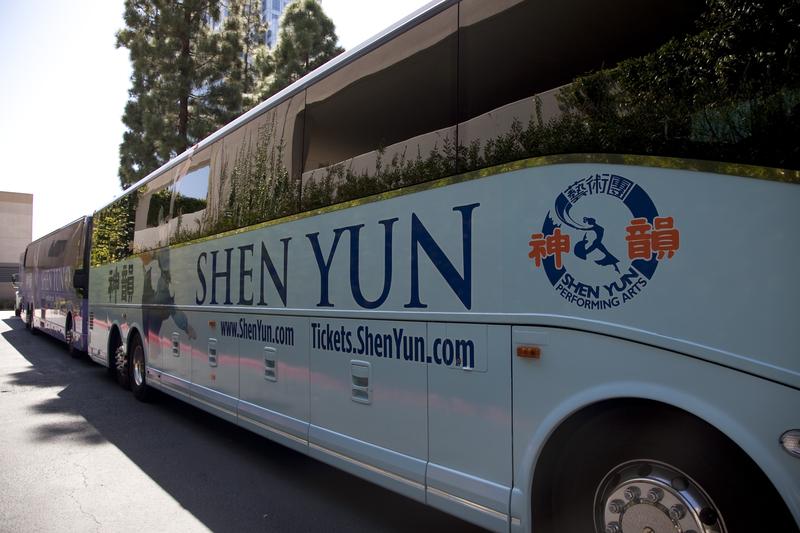The Chinese authorities have labeled the car crash in Tiananmen Square on Oct. 28 a premeditated terrorist attack, but the claim has so far not found an entirely receptive ear. The way that the regime has handled the incident has also attracted a great deal of scrutiny, and some criticism.
Chinese authorities identified the driver of the car as a Uyghur named Usmen Hasan from Xinjiang. A friend of Hasan told Radio Free Asia that Hasan’s younger brother died in a car accident several years ago, and Hasan’s family blamed Chinese authorities for causing his death.
Alim Seytoff, chairman of Uyghur American Association, said in a Voice of America broadcast that Hasan’s family long held a grievance against the Chinese Communist Party.
Suicide Attempt vs. Terrorist Attack
Analysts have argued that it is most likely that the three passengers in the car – Hasan, his mother, and wife – were making a suicide attempt to protest the regime. Hu Jia, the human rights activist in China, thinks this is the most likely scenario. This would be distinct from a terrorist acting in concert with a jihadi organization; such individuals are not known to bring a wife and mother along as part of a suicide attack.
Witness accounts indicated that the car was heading toward the portrait of Chairman Mao Zedong, which hangs over Tiananmen Square, and that the driver was trying to warn pedestrians away so he could reach his final destination.
LA Times cited a young Philippine woman eyewitness’s account, which said that the driver was honking the horn to chase away pedestrians, apparently aiming for the Mao portrait.
Southern Metropolis Daily, a Chinese newspaper, posted a message on its Weibo account, China’s Twitter-like platform, also citing a young female Filipina eyewitness—possibly the same one—saying similar things. The posts were soon deleted by censors. One witness told The Wall Street Journal that the car burst into flames almost directly in front of Mao’s portrait.
It looked like a self-immolation attempt in front of Mao’s portrait, the French Liberation newspaper commented in a report about the car crash.
It appeared that the driver had not intended to cause a big explosion to kill others. One man, who was three meters away, told the LA Times he wasn’t hurt because the explosion “wasn’t very strong.”
Sharp Contrast
An article by Radio France Internationale said Chinese authorities’ handling of the Tiananmen “terrorist attack” demonstrated a sharp contrast to American authorities’ handling of the Boston marathon bombing.
Immediately after the Boston marathon bombing, American authorities notified the public via the Internet, newspaper, and TV. They also published surveillance videos and openly asked for witnesses’ accounts, photos, and videos.
Chinese authorities, however, did the opposite. They immediately blocked the initial reports, deleted photos taken by an AFP journalist who was at the scene, and zapped photos and messages posted to Chinese social media sites by witnesses.
American media were able to freely interview bombing suspects’ family members, classmates, or relatives, whereas Chinese media were not allowed to have their own reports of the recent car crash and were not allowed to report about the suspect’s family members.
All these suggested that Chinese authorities tried to hide the truth from the public.
See it Coming?
Independent political commentator Heng He compared the incident to what he said was the staged self-immolation incident in Tiananmen Square in 2001. State mouthpiece CCTV aired video footage that purported to show five people, claimed to be practitioners of the Falun Gong spiritual practice, setting themselves on fire.
Soon after, New Tang Dynasty Television, an overseas Chinese broadcaster, produced an award-winning documentary, False Fire, disputing the reports. The film pointed to holes in CCTV’s footage, and argued that it was a doctored video, and that the incident was staged by Chinese authorities.
Heng He commented that Tiananmen Square is heavily guarded with surveillance cameras covering the whole area, and the recent car crash should have been caught by those cameras.
“Chinese authorities did not release any surveillance videos this time because they don’t want people to find loopholes to prove that this is not a ‘terrorist attack,’” Heng He said.
According to Heng He, Chinese authorities might have been aware of the suicide attempt before it took place. A French engineer who witnessed the car crash told the French newspaper Le Figaro that the nearby Forbidden City announced before the car crash that it would close for the day. One Chinese blogger’s post complained that the nearby subway station was shut down before 9 a.m. on Oct. 28. But such anecdotes are not definitive.
The biggest winner, in any case, after such an incident is the Chinese regime’s stability maintenance system, Heng He said. “Because it means more resources and budget for the system, which is responsible for cracking down on Uyghurs, among other duties,” he said.
According to Alim Seytoff, after the 9/11 incident in 2001, Chinese authorities often labeled peaceful appeals by Uyghurs terrorist operations, and escalated the crackdown on Uyghurs.
“Since Xi Jinping took power, about two to three hundred Uyghurs have been executed by the Chinese military for protesting against the Chinese communist regime,” he said, “We worry that Chinese authorities will again use this incident as an excuse to further muzzle Uyghurs’ demands for fair treatment.”


